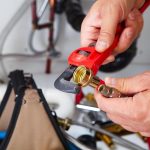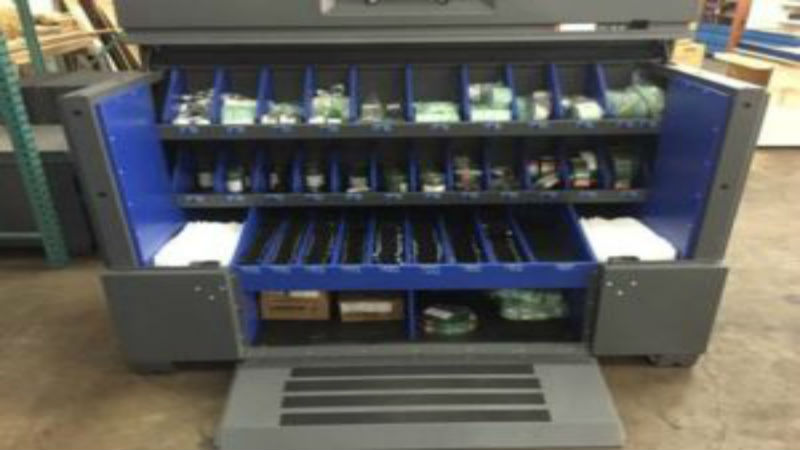With every new piece of equipment there is a learning curve. Different models and designs of CNC plasma cutters are no different, and it will take time to learn all the ins and outs of working with any automated plasma cutter.
Some of the automated plasma cutter models and options are very user-friendly and intuitive, greatly decreasing the learning curve. There are even some manufacturers out there provided installation and training in the use of the equipment as part of the price, which is certainly an advantage and an option the purchaser should consider and utilize.
There are some important techniques and tips that can help you to avoid common problems with any automated plasma cutter and to also improve the quality of each individual cut. Different cuts can be more difficult, and starting with easier cuts to get familiar with the cutting speed and the system is always the first recommendation.
Adjustments
While there is much less stress in using the CNC plasma cutter, there are still some very important decisions the operator has to make based on the metal being worked. It will be essential to choose the right power levels, also known as amperage, as well as the right options in plasma torch consumables.
Cut speeds and cut height will also be factors that can make a cut a smooth, precise line or that can make a cut unacceptable because of a bevel or a taper in the final product.
Surface Issues
One important consideration is to use anti-spatter welding spray on the plate during any type of cut. Often when cutting holes, this will be a critical factor as the splatter that can form during the piercing phase of the cut can then cause irregular cuts when the plasma passes over the slag.
This can be very important based on the specific shape. Holes are always a cut where splatter and slag can have a big impact on the perfection of the hole regardless of the equipment if the operator is not experienced.
Always Use Manufacturer Recommendations
Each plasma cutter is going to be slightly different, and manufacturers will provide specific recommendations based on the thickness of the material, the speed of the cut and the use of specific consumables.
Going outside of these recommendations or using the settings based on another plasma cutter will often result in poor quality or less than perfect end cut results. These issues, however, can be quickly corrected by reviewing the manual and using the machine at the settings recommended by the manufacturer.






